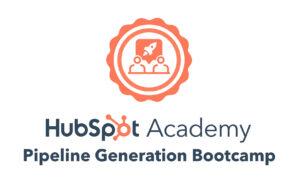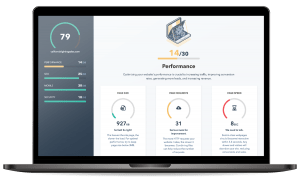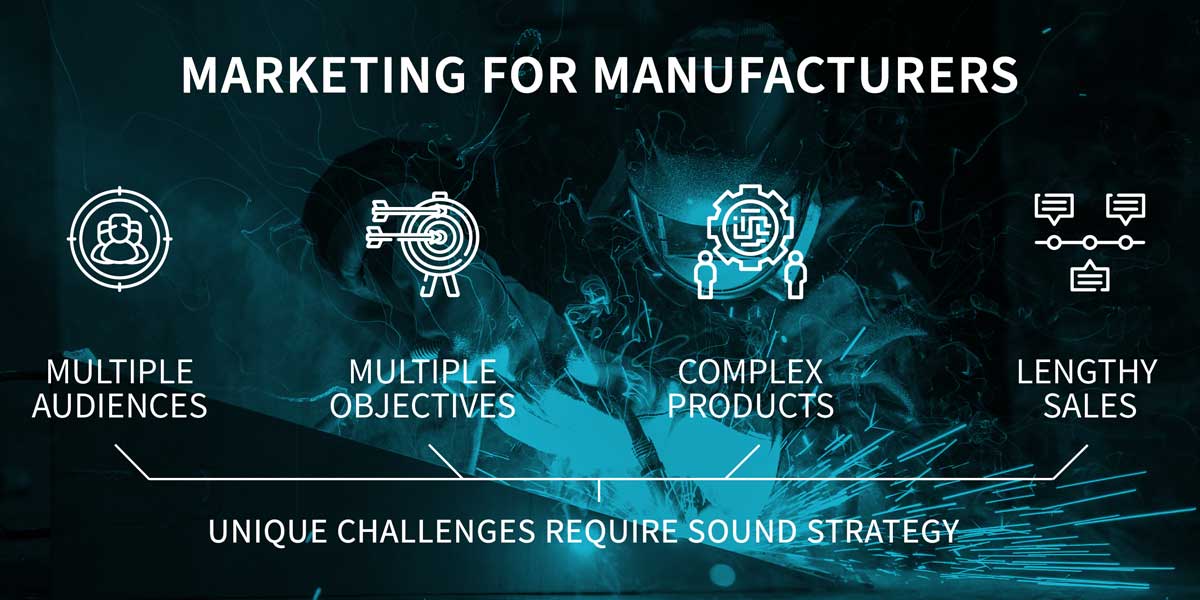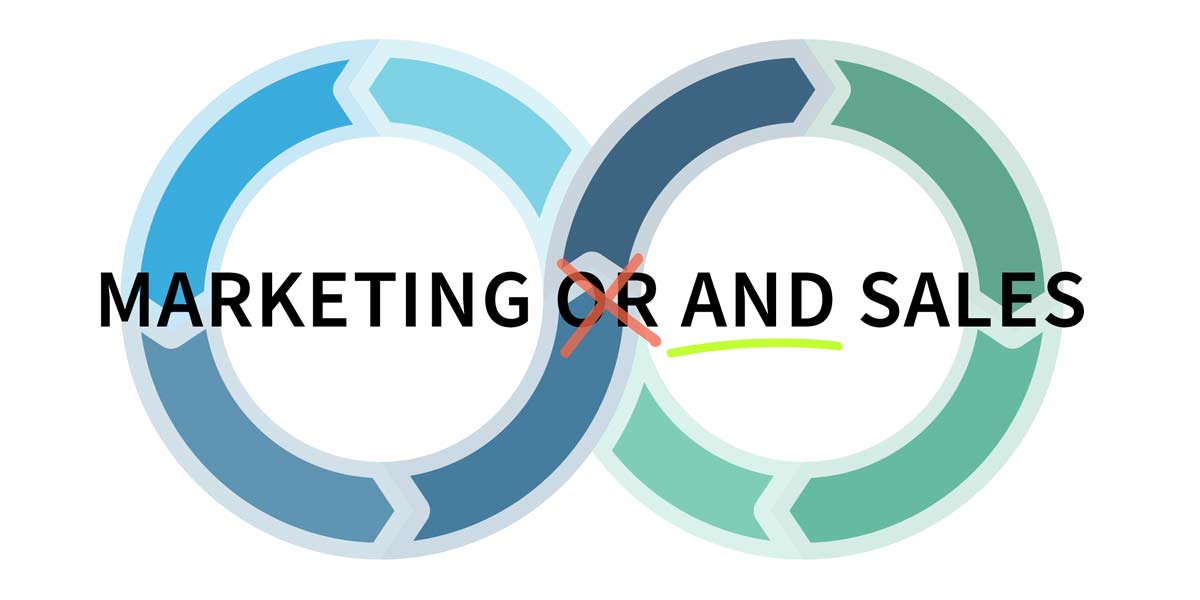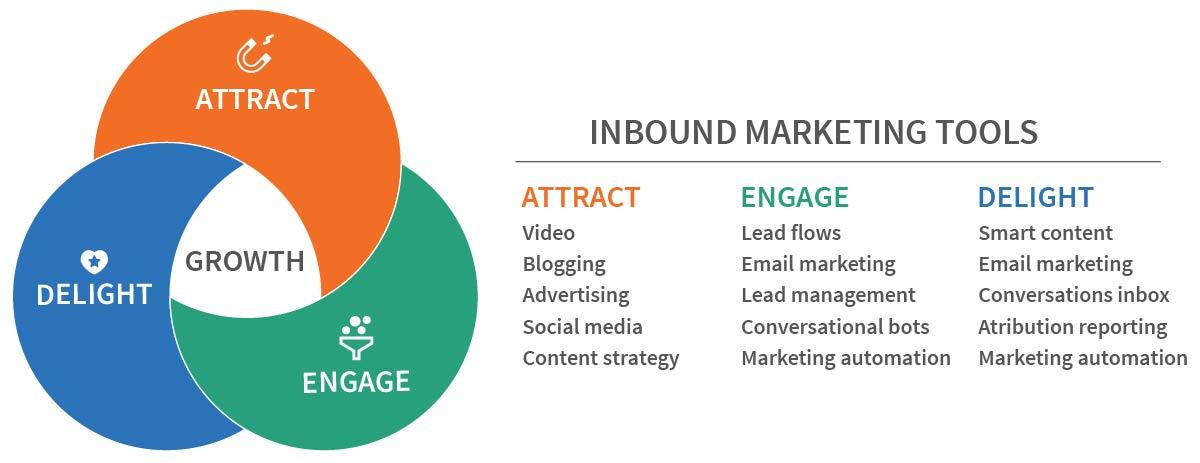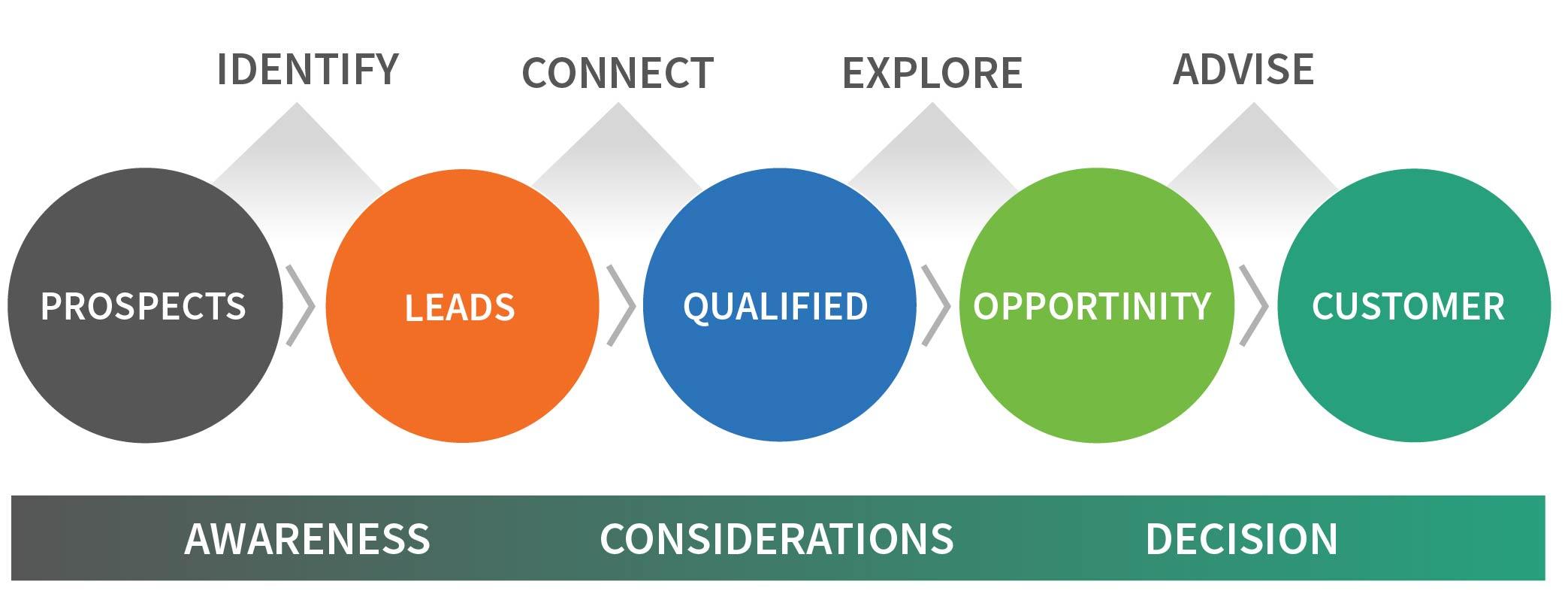For manufacturers and distributers, marketing plays a crucial role in growing brand awareness and creating a more competitive edge. Relying on referrals is not a strategy. Start with investing in a high-quality marketing plan that will pave the road for success. The implementation of a sound strategy will result in better quality leads, more customers, and more growth opportunities than shooting from the hip or just winging it.

Manufacturers and Distributers Face Unique Challenges
Purchasing equipment, materials, or supplies are vastly different than buying a new toaster. The buyer’s journey in the B2B market place is more complex than most other types of purchases. Make sure your marketing strategy accounts for the unique challenges manufacturers face, including multiple targets and objectives, complex and/or highly technical products, and long sales cycles.
1. Multiple Audiences
Manufacturers sell to a number of different buyer personas and each one has different motivators, priorities and agendas. Typical target personas could include:
-
- Engineers and designers
- Distributers
- Purchasing agents
- Purchase influencers
- End-users
Marketers are faced with addressing the challenges and goals for each different persona. Each one is looking for a solution to their specific issues.
2. Multiple Objectives
Your customers have multiple criteria for purchasing your product. They are broken into explicit and implicit categories.
Explicit objectives are related to your product and are rational in nature. They are focused on element like price and delivery time. The includes things like:
-
-
- Quality
- Quantity
- Price
- Value
- Delivery
- Service
Implicit objectives are concerned with your brand and are emotional in nature. They are related to your market position, business relationships, and business practices. These could include:
-
-
- Location
- Reputation
- Suppliers
- Sales experience
- Expertise
It is generally advised that brand perception weighs heavily in influencing B2B sales. Humans make purchase decisions based on emotion, even after logic is factored into the decision making process. Manufacturers should rely on explicit objectives to attract prospects and leads, and implicit objectives to convert those leads into customers and generate referrals.
3. Complex Products and Services
Complex products and services require a depth of technical knowledge not typically found in marketers. Many companies train their engineers and technicians in sales and marketing in order to help explain the values and benefits of your company’s product or service. People who serve in these roles can be extremely valuable in the sales process.
However, with this approach it’s easy to under-represent the implicit qualities that resonate so strongly in the buying process. Marketers skilled in communicating your brand story and appealing to your implicit objectives will give you a competitive edge. Your subject matter experts still play an important role in the sales process and investing in a marketing strategy will provide the framework for even greater success.
4. Lengthy Sales Cycles
The amount of time that passes between the first touch with a prospective customer and the closing of the deal is referred to as length of the sales cycle. It is common for manufacturers to experience sales cycles greater than 4 months and some up to more than 12 months.
These long sales cycles are for good reason. Products can be complicated or highly technical and deals can involve many players with many objectives. Sales cycles that take a long time can experience more hurdles that can increase the chances of derailing a deal. Companies with a well-defined sales and marketing process benefit by increased transparency during these long processes. This transparency can reveal where sales are stalling and improve the results of your efforts.
How Inbound Benefits Manufacturers
Inbound is an approach to marketing, sales, and service that is about meeting the needs of your audience and creating a trustworthy, authoritative brand with clarity and consistency. By providing valuable content with specific context, your company can offer the right solution at the right time to the right people.
Inbound marketing is especially useful for manufacturers and distributers because it aligns with the way that industrial and B2B buyers operate in today’s business environment. This buying cycle starts with identifying the need for a solution. The buyer then conducts research, including competitive options and specific features, then evaluates potential suppliers and eventually purchases. Factors that buyers take into consideration and form their brand perception about your business are:
- Corporate website
- Market presence
- Brand reputation
- Product offerings
- Case studies and solutions
- Industry leadership, knowledge and experience
- Email, social media, advertising
- Sales process
Together, these components contribute to a perceived customer experience that will exert influence on their decision to purchase from you or your competitor. Inbound methodology provides a framework for improving your brand perception at all customer touchpoints.

Content is the Core of Inbound
A central component of inbound marketing leverages content as the main vehicle for communicating your brand values, product benefits, and overall value. It is what your prospects consume during the sales process and use to form their opinions, perceptions, and ultimately theirs buying decisions. Content comes in many forms and is used in many ways. Here are a few examples:
Blog content builds credibility and allows you to address the needs of your customers with as much detail as needed. Blog content also provides a forum for building subject matter authority. Companies with blogs produce an average of 67% more leads monthly than companies that don’t blog.
SEO content is used when your customer is seeking solutions. Optimizing your content for search engines using organic SEO and based on an SEO strategy is key to appealing to every stage of your customers’ journey.
Email content is used to stay in touch with your customers and cultivate prospects. Leverate audience segmentation to cater to your customers’ interests. Most importantly, make sure your sales CRM is integrated with your marketing efforts.
Social media content builds awareness and provides a channel for connecting with your audience. Promote your content in social channels, and also contribute to the discussions within your industry. Don’t really on social media, especially LinkedIn, as a place to push sales.
Video content is highly consumable and provides an excellent format for improving engagement in nearly all channels. From short, informal social media videos to more polished corporate videos, you can amplify your real sales team and put a face to all your messaging. Video can also include webinars and online conferences.
Case studies empower customers to discover and relate to how you’ve solved problems for other businesses. When formatted correctly, case studies will provide proof of your ability to deliver.
Align Sales and Marketing
Customer persuasion now spans marketing, sales, and service. These functions can no longer operate within separate silos. The new customer experience is more educated, better informed and doing their research before they even engage with your business. By integrating sales and marketing functions, a business can improve visibility into customer data by leveraging multiple digital channels.By using account-based marketing (ABM), companies can see success as a result of data analytics and actionable insights to access even more value from their marketing budgets.
Get Control of Your Contact Management
CRMs have evolved tremendously in the last several years. New tools are available for building a powerful system, customized to your needs. Focus on a CRM strategy that connects all of your customer-facing business units and you’ll reap the rewards of greater efficiency and more consistent results. Many manufacturing executives are slow to adapt. However, those business leaders that do see the merits of integrated functions are able to see great value by aligning their efforts from a customer perspective. This process reduces friction and improves results by creating consistency and clarity through the entire buyer’s journey. Manufacturers gain insights into their customer’s needs and avoid “dropping the ball” on sales and upsetting opportunities.
Your CRM strategy should empower your field reps to more easily develop and maintain key customer relationships as access opens to them. Consider engaging with outside resource that can help build your new strategy and transition your processes and staff to the new paradigm.
Key Takeaway
Manufacturers face many unique challenges in marketing their products and services. Most manufacturing businesses rely heavily on sales and often overlook the true value that a marketing strategy can play in creating a competitive advantage. Building your strategy around your customers and leveraging inbound methodology will provide a data-driven process that will produce greater success with measurable results.
Examples
Some examples of how we’ve helped our manufacturer and distributor clients with B2B marketing services:
California Lighting Sales »
CSL represents commercial lighting and controls manufacturers
Semtech » and LoRaWAN Academy »
Supplier of analog and mixed-signal semiconductors and advanced algorithms for consumer, enterprise computing, communications and industrial end-markets.
Unisource Solutions »
Workplace services and furniture distributor
Oregon »
A manufacturer and distributor for chainsaw, agriculture, forestry, and home landscaping and part of the Blount Int. group of brands.
Universal Motion Components »
A manufacturer and distributor of center pivot drivetrains and related components for agriculture
